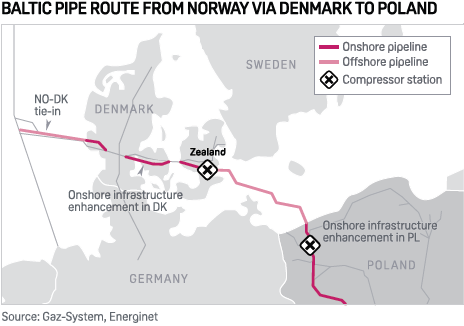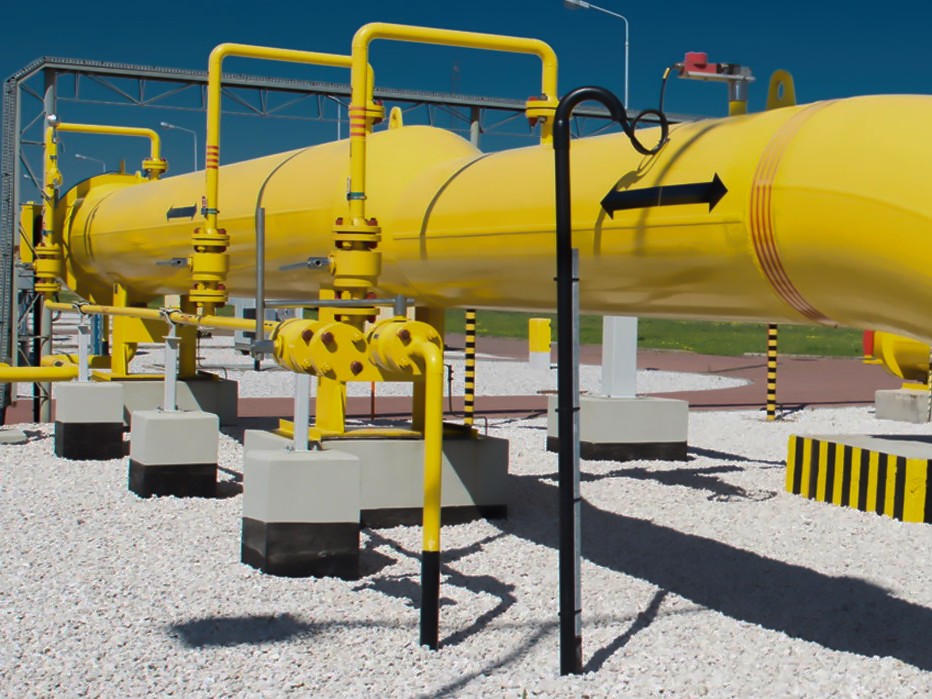The vital Baltic Pipe gas pipline, which stretches from Norway to Poland, is now operating at full capacity, according to Danish operator Energinet, which completed the process of connecting the gas compressor at the Danish Zealand island to the Baltic Pipe network.
Poland’s operator, Gaz-System, stated that the 10 billion cubic meters of gas per year may account for 60 percent of Poland’s gas needs.
In addition, since January, Poland has increased the capacity of the LNG terminal in Świnoujście and activated connectors with Lithuania and Slovakia.

The Baltic Pipe gas transmission commenced on Oct. 1 of this year, right around the same time the Russian and German Nord Stream 2 pipeline was sabotaged. The project links Norway’s ample gas supplies to the rest of Europe through Poland, after first traveling through Denmark. It functioned with a limited capacity until the gas compressor in Denmark was completed. The actual construction of the pipeline was completed in 2022, with the exception of two threads in Denmark, which had been delayed in 2021 as a result of environmental decisions.
In the first two months of operation, Poland imported Danish gas through the pipeline rather than Norwegian gas, as work on the terminal in Nybro in western Denmark, which the Norwegian gas was to be transmitted through, had not yet been completed.
That terminal was finally ready on Nov. 1, and on Nov. 24, Norwegian gas began to flow into Poland at a rate of 6 million cubic meters per day.
Poland’s state-owned gas giant, PGNiG, will be the only user of the Baltic Pipe for the time being. The corporation owns some of the gas fields on the Norwegian shelf where gas will be pumped to Poland. In 2022, Poland ceased to import gas from Russia, and its contract for supplies via that Yamal pipeline from Gazprom has now expired.






